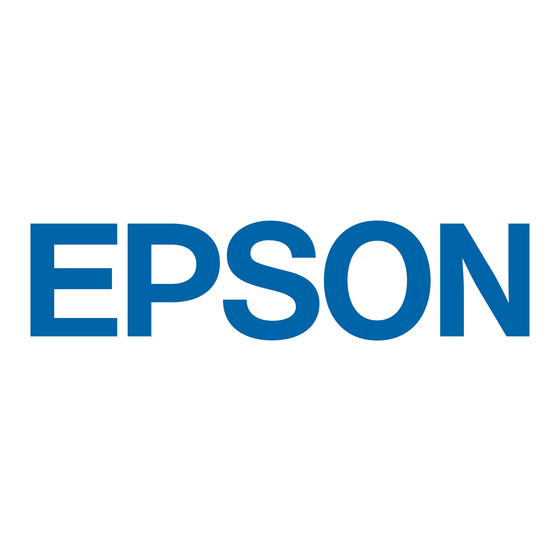EPSON Stylus Photo R300 Series
Removing a Memory Card
When you're finished printing from a memory card, make
sure the light below the card slot is not flashing before you
remove it.
Do not eject a card while the processing light is flashing,
or you may lose data on the card.
To remove a card, pull the card straight out of the slot.
Connecting a Digital Camera or External
Storage Device
If you have one of the following devices, you can connect it
directly to your printer using a USB cable:
❏ Digital camera with PictBridge or USB DP support
❏ USB CD/DVD burners and drives (selected drives: see
http://support.epson.com for a list of compatible drives),
USB 2.0 (high-speed) drives are recommended
❏ 100 or 250MB Iomega Zip drive, AC or USB powered
❏ Memory cards with a commercially available USB adapter
(such as the MicroTech ZiO!
❏ MO (Magneto-Optical) drives
If you're not sure about your camera or drive, you can try
connecting it. If it's not compatible, you'll see a screen
saying that the connected device cannot be used. EPSON
cannot guarantee the compatibility of any cameras or
drives.
If you are using a Zip disk, it must be formatted as a FAT16
disk. Also, if you insert a Macintosh disk into a Zip drive
attached to the printer, it automatically formats it, so be sure
to use a disk that is empty or not formatted, or one containing
data you don't mind losing. (You will be prompted before any
data is erased.)
When you connect a CD-drive, you can also print
photos from Picture CDs that you get from your photo
lab.
When you connect a digital camera or storage device, the
printer treats it like a memory card. Follow these steps to
connect it:
1. Remove any memory cards from the printer.
(If you leave a card in the printer, images will be read from
the card instead of your camera or external storage device.)
EPSON Stylus Photo R300 Series
6 -
™
).
2. Connect the USB cable from your camera or data storage
device to the
EXT I/F
Some digital cameras require a special USB cable; if so, be
sure to use the one that came with the camera.
3. Turn on the printer and your camera or data storage device.
After a moment, the printer reads and counts the number of
images on your device. When it's done, you see a screen
similar to this on the printer's control panel and your
images are available for printing:
If you've backed up your images on Zip disk, CD, or another
storage device, they're stored in folders (001, 002, etc.).
Use the
highlight the folder you want to open, then press OK to
open it.
Choosing Basic Mode or Advanced
Mode
You can select Basic mode to quickly create 4 × 6-inch photo
prints using EPSON Premium Glossy Photo Paper. Advanced
mode lets you print with any paper type and size that is
available, and lets you change quality settings and make other
adjustments to your photos. You can also use Advanced mode
to perform maintenance functions from your printer's control
panel. All the features described in this book require the
printer to be set to the Advanced mode. To use Basic mode,
see the Quick Reference guide.
10/03
USB port on the front of the printer.
and
buttons on the printer's control panel to
Press to choose Basic
or Advanced

